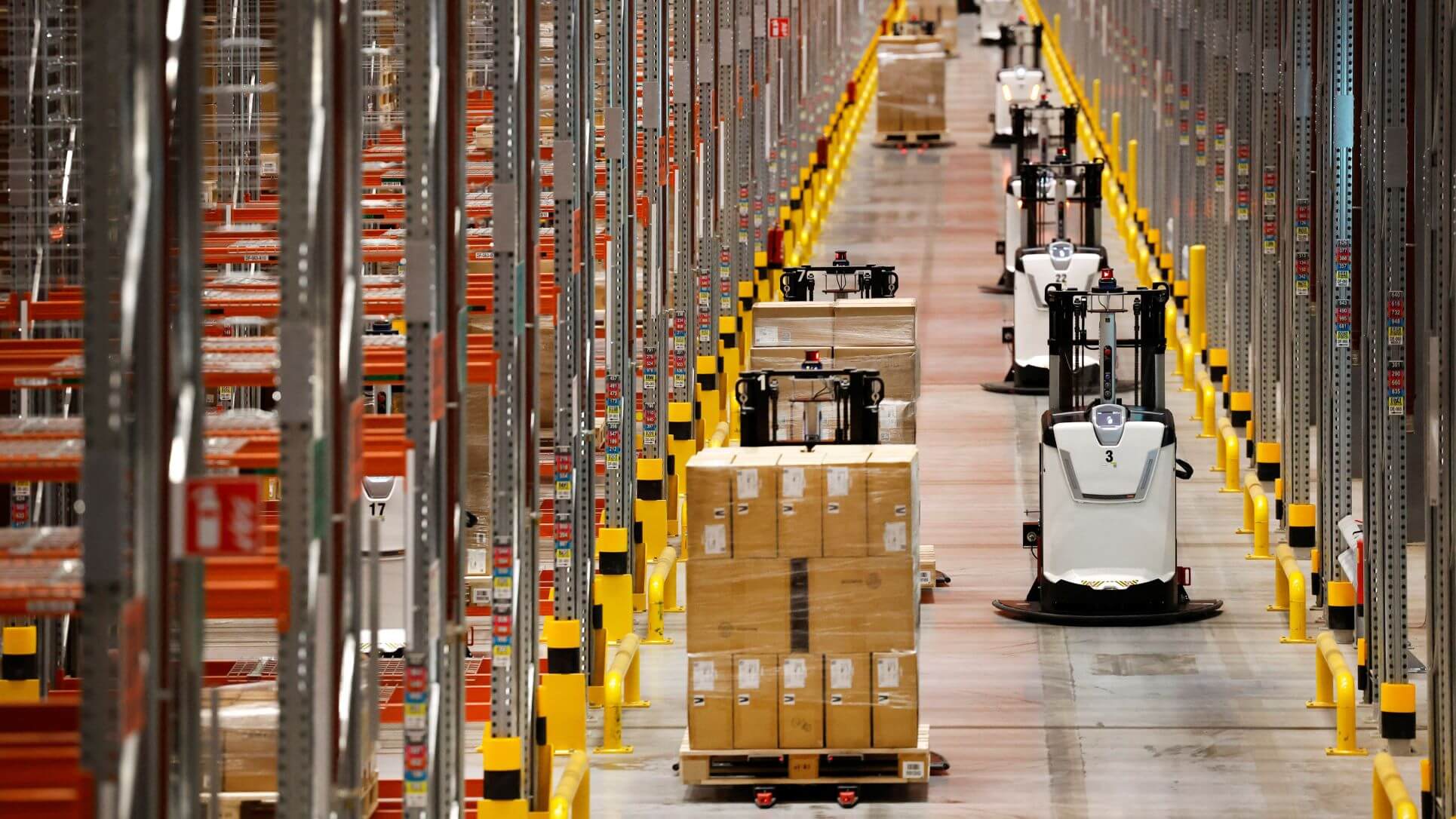Human communication and machine insight is key for organisations using automation to maintain customer equipment and assets – but skillsets must change.
Mind The Automation Gap As We Enter Economic Recovery
Human communication and machine insight is key for organisations using automation to maintain customer equipment and assets – but skillsets must change.

Author William Kelly said, “Man is a slow, sloppy and brilliant thinker; the machine is fast, accurate and stupid.” Getting the balance right between the two when supporting customers can often be clouded by hard economics. For instance, are we about to enter the worst economic downturn since the Great Depression?
The IMF believes that may be the case and while we don’t really know for sure, one thing is certain; demands for automation will increase. This is already manifesting itself in many ways, particularly in the manufacturing sector, which has traditionally been a pioneer of robotic implementation.
For field service teams who are supporting customer equipment and assets, this has multiple implications. Understanding where and when automation works, and the role people play is crucial to business survival.
According to the International Federation of Robotics, automation is not all about replacing humans. That’s important because it dispels the myths of how organisations will do business if machines are running everything. Human operators become even more vital in an automated environment, not less important.
While automation helps shoulder the burden of lower level jobs that don’t generate any added value to a business – such as locating, moving and loading of stock – it’s the people that often do the best work, innovating, problem solving and understanding customer requirements.
The human element is essential, as it always has been and for service teams. This means not losing sight of customers despite increased remote maintenance capabilities. Easier said than done? Not really.
Predictive service is one element of a proactive customer management strategy. As Roland Berger identified in its paper Predictive Maintenance: From Data Collection to Value Creation, predictive and not reactive service is essential for any organisation that wants to move forward and embrace digital transformation.
By accessing sensor data through IoT networks, machine learning algorithms can analyse and predict in real time, alerting service teams to potential issues before they become serious problems.
It shouldn’t stop there. It’s so important for service teams to get in front of customers, highlighting potential issues and resolving them. This will require communication, even if current working practises will limit face-to-face meetings.
Using the data and understanding customer equipment status will be increasingly important given cost constraints and everyone wanting to get more bang for their buck.
For example, are customers retiring equipment too early? According to a Forrester report commissioned by ServiceMax, From Grease to code: What drives digital transformation, forty one percent of firms don’t know if they’re retiring equipment prematurely due to lack of service data insight, an area where service teams can be proactive in helping customers optimise their equipment use.
Customer success should be a strategic priority for service teams. Through analysing service data, teams can provide visible, proactive suggestions to customers, on how they can improve.
This can lead, where appropriate, to upgrades, new machines or increased maintenance deals but ultimately this is about demonstrating value and building a stronger bond, something which an account rep calling up three months before a renewal can rarely achieve.
So, while automation is both the present and future of field service provision, with predictive maintenance the bedrock of modern servitization, organisations cannot afford to sit back and rely on automation alone to illustrate value to customers.
As the economy tries to find its feet, demonstrating customer value is more important than ever. Service maintenance data is the ammunition for proactive customer engagement, but it will be different skillsets that take this forward.
Communication will be key and human interaction will be essential to ensure organisations are not out of sight and mind of their customers.
Sumair Dutta is Industry Analyst and Senior Director of Global Customer Transformation at ServiceMax.
Thanks for signing up to Minutehack alerts.
Brilliant editorials heading your way soon.
Okay, Thanks!
